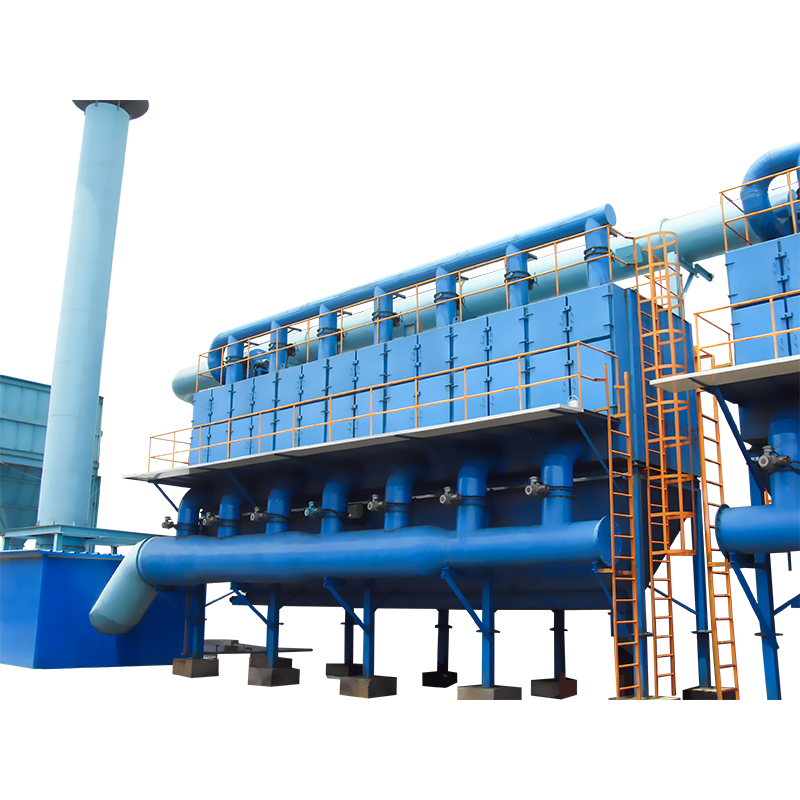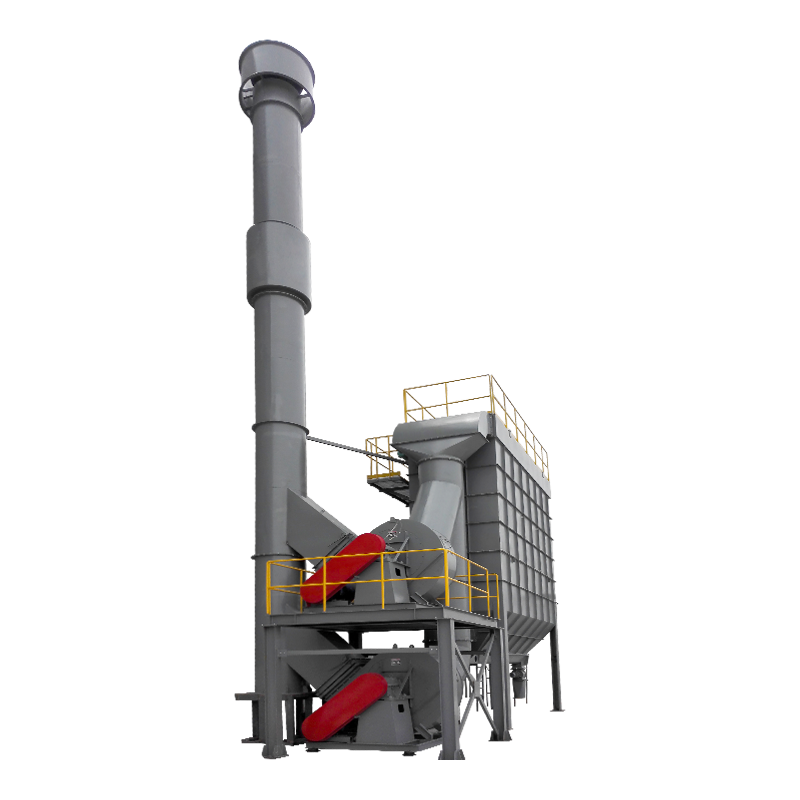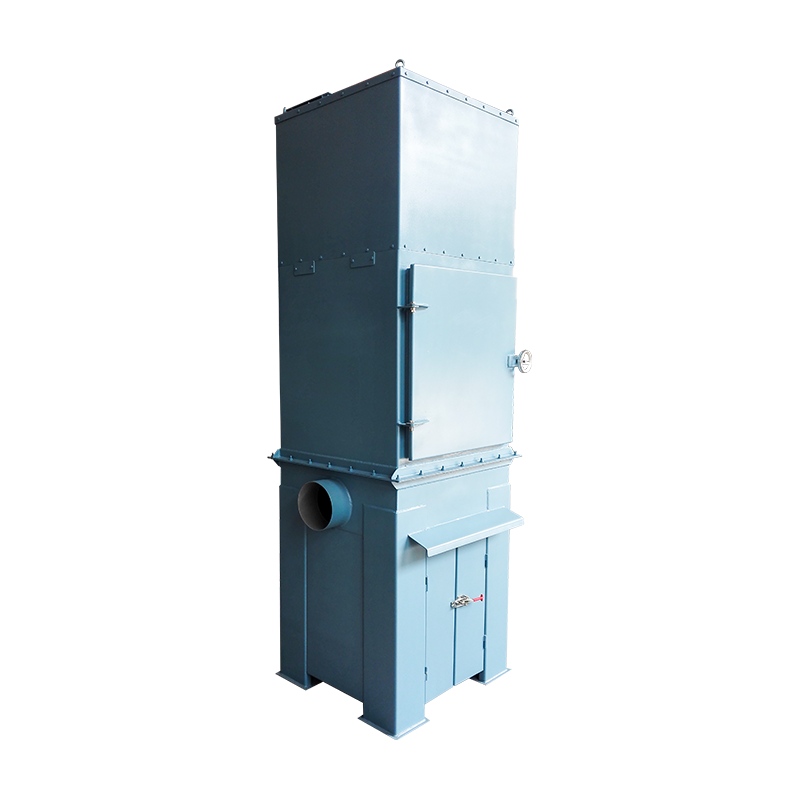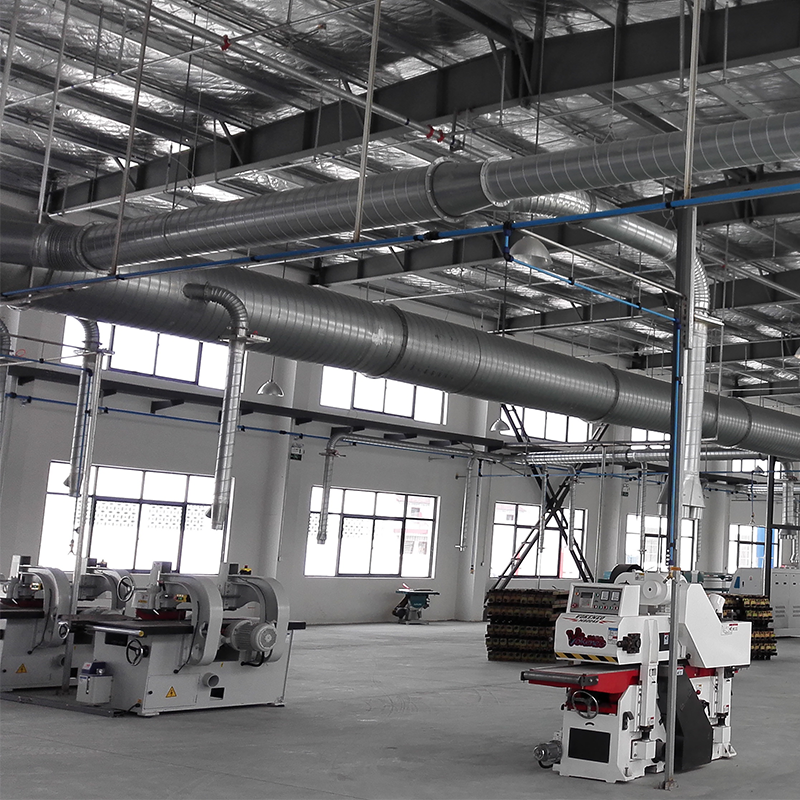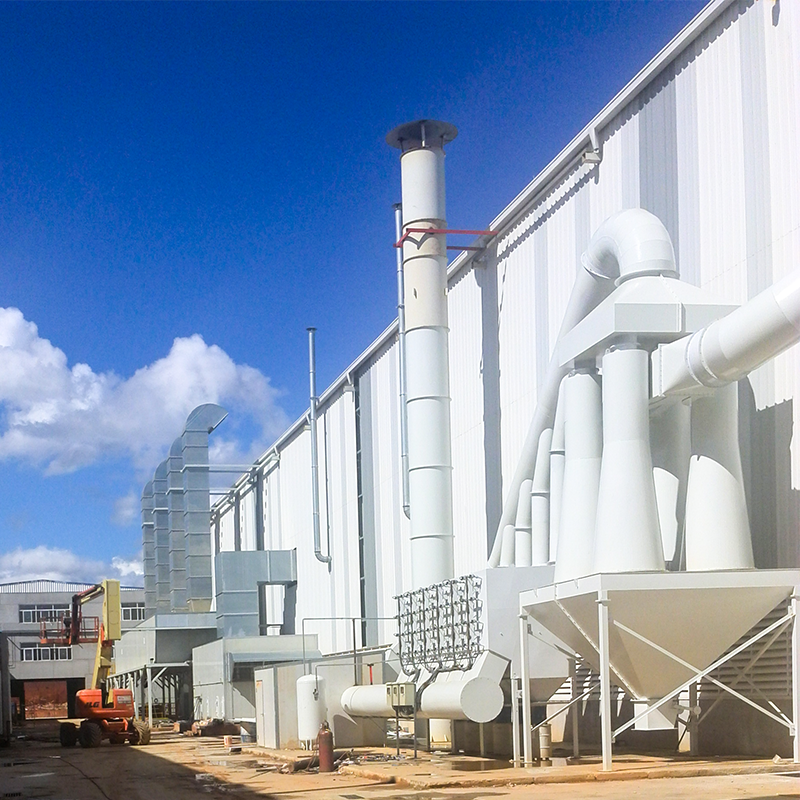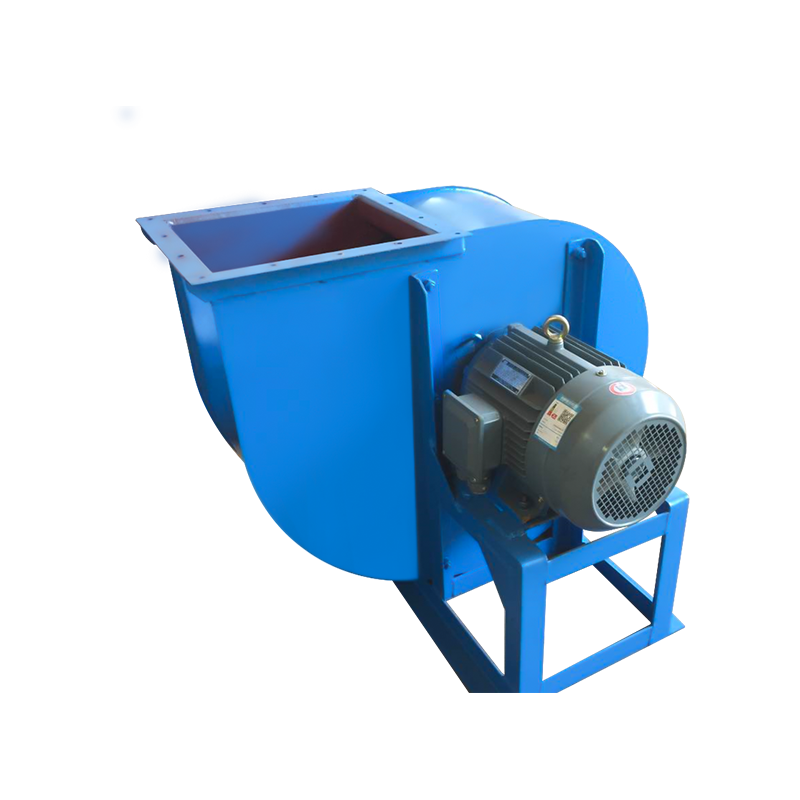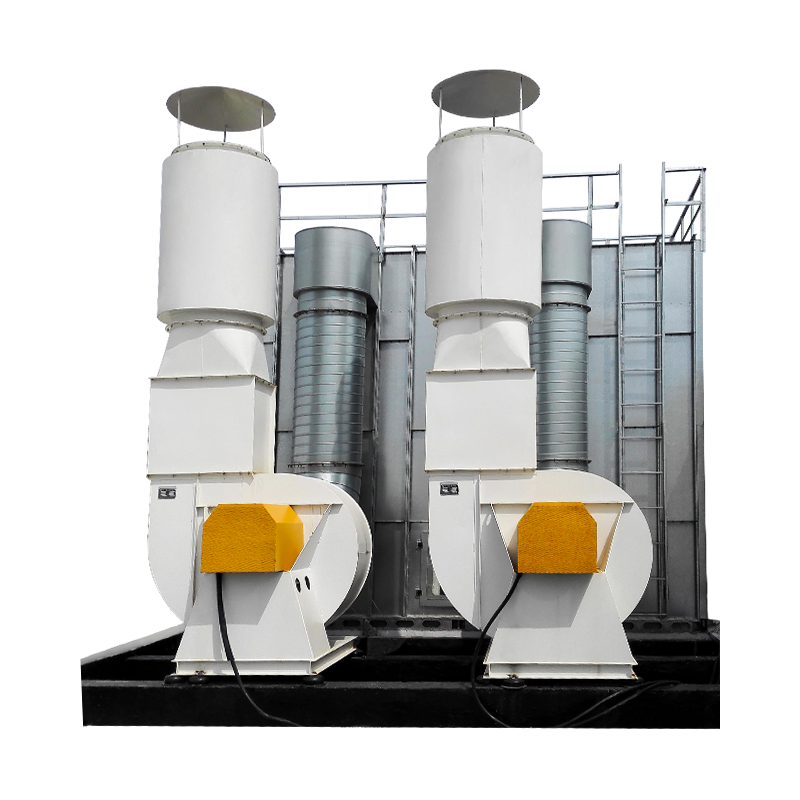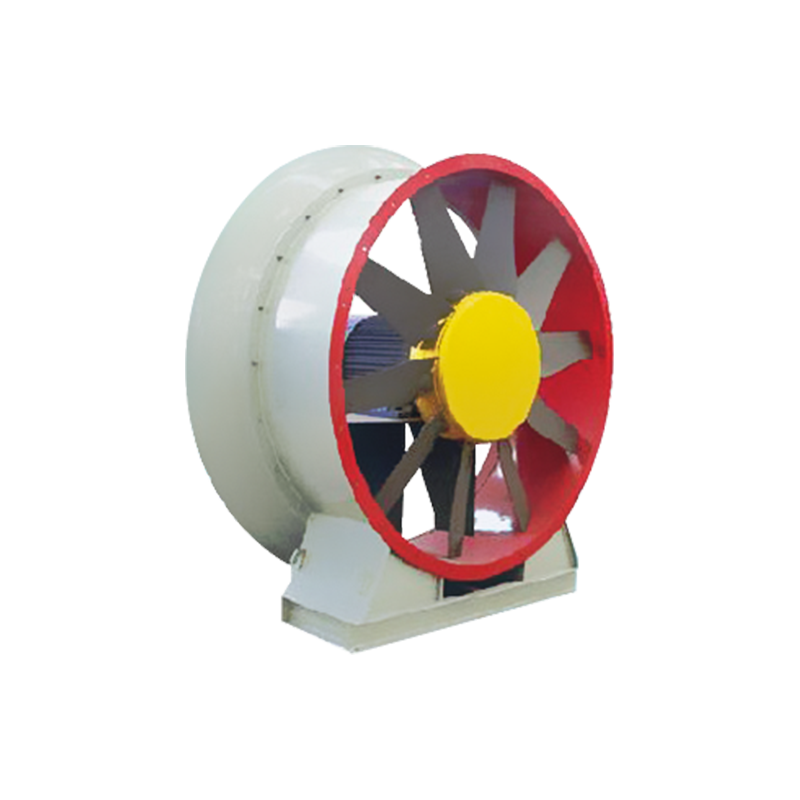I. Introduction
Industrial environments, from manufacturing plants to construction sites, are often laden with airborne particulate matter. This "industrial dust" poses a myriad of challenges: it can be a significant health hazard for workers, contribute to unsafe working conditions (e.g., reduced visibility, slip hazards), accelerate wear and tear on valuable machinery, and lead to environmental non-compliance. To combat this pervasive problem, industrial dust collectors serve as critical air pollution control devices, capturing and removing dust and other particulates from the air or gas streams.
At the heart of any effective dust collection system lies its filter media. These filters are designed to capture even the finest particles, but their efficiency is directly tied to their cleanliness. Over time, as dust accumulates on the filter surfaces, they become clogged, leading to a decline in the collector's performance. This necessitates a robust and reliable cleaning mechanism. Among the various methods employed, the air pulse cleaning system stands out as a highly effective and widely adopted solution for maintaining optimal performance in industrial dust collectors, offering significant advantages in efficiency, longevity, and continuous operation.
II. Understanding Industrial Dust Collectors
An industrial dust collector is essentially a system designed to enhance air quality by collecting dust and other impurities from industrial processes. Its primary purpose is to protect workers from harmful airborne contaminants, safeguard machinery from dust-induced damage, and ensure compliance with environmental regulations.
A typical industrial dust collector comprises several key components working in concert:
- Housing: The main structure that encloses the filtration components.
- Filter Media: The core element, often made of fabric, cartridges, or bags, responsible for trapping dust particles.
- Fan: Creates the airflow that draws dust-laden air into the collector.
- Hopper: A conical or pyramidal bottom section where collected dust accumulates before discharge.
- Cleaning System: The mechanism that periodically removes the accumulated dust from the filter media.
The filter media's role is paramount; it acts as a barrier, allowing clean air to pass through while retaining the dust. The effectiveness of the dust collector hinges on the filter's ability to maintain its permeability. However, as dust particles build up on the filter surface, they form a "dust cake," which, while initially aiding in filtration, eventually leads to filter blinding or clogging, hindering the collector's overall efficiency.

III. The Need for Filter Cleaning
Filters inevitably get dirty due to the continuous deposition of dust particles, leading to the formation of a dust cake. While a thin, stable dust cake can actually improve filtration efficiency by acting as an additional filter layer, excessive build-up brings about a cascade of negative consequences:
- Reduced Airflow and Suction: The most immediate effect of clogged filters is a significant drop in the volume of air that can pass through the collector, leading to diminished suction at the dust source.
- Decreased Collection Efficiency: As airflow diminishes, the collector's ability to capture dust effectively is compromised, allowing more particulates to escape into the environment.
- Increased Energy Consumption: The fan motor must work harder to pull air through the restricted filters, leading to higher energy consumption and operational costs.
- Shorter Filter Lifespan: Persistent clogging and the stress of increased pressure drop can prematurely wear out filter media, necessitating more frequent and costly replacements.
- Potential Damage to Downstream Equipment: Uncaptured dust can travel downstream, causing abrasion, corrosion, or blockages in other machinery.
- Non-compliance with Environmental Regulations: Inefficient dust collection can result in emissions exceeding permissible limits, leading to fines and regulatory penalties.
Regular and effective filter cleaning is therefore not merely a maintenance task but a critical operational requirement for sustaining the performance, safety, and economic viability of industrial dust collection systems.
IV. Introduction to Air Pulse Cleaning Systems
An air pulse cleaning system, often referred to as a "pulse jet" cleaning system, is a highly efficient method designed to automatically dislodge accumulated dust from the surface of filter bags or cartridges within an industrial dust collector. Unlike older, more disruptive cleaning methods, pulse jet technology allows for continuous operation of the dust collector without the need for shutdown during the cleaning cycle.
Historically, filter cleaning methods included mechanical shakers, which physically agitated the filters, and reverse air systems, which used low-pressure reverse airflow to expand and clean the filters. While effective to a degree, these methods often required the dust collector to be taken offline or resulted in less thorough cleaning. The advent of pulse jet technology revolutionized filter cleaning by introducing a rapid, high-energy burst of compressed air, providing superior cleaning while allowing for online operation. The basic principle involves sending a short, powerful pulse of compressed air into the clean side of the filter, causing a shockwave that flexes the filter media and dislodges the dust cake.
V. Components and Mechanism of an Air Pulse Cleaning System
A. Key Components:
| Component | Description |
|---|---|
| Compressed Air Source | Typically an industrial air compressor coupled with a receiver tank (air reservoir) to ensure a consistent supply of high-pressure air. |
| Diaphragm Valves (Pulse Valves) | Fast-acting, high-flow valves that rapidly open and close to release the compressed air pulses. |
| Blowpipes/Manifolds | Pipes positioned above the filter rows, with nozzles aligned with the center of each filter, to direct the air pulse. |
| Timer/Controller (PLC or Dedicated Controller) | The "brain" of the system, which electronically controls the sequence and timing of the pulse valves, ensuring systematic cleaning of filter rows. Modern systems often use Programmable Logic Controllers (PLCs) for greater flexibility and integration. |
| Venturi Nozzles (Optional, but common for enhanced cleaning) | Cone-shaped devices often integrated into the blowpipes or filter cages, designed to amplify the air pulse by drawing in ambient air, increasing the cleaning energy. |
B. Step-by-Step Cleaning Process:
The cleaning process is a rapid, automated sequence:
- Accumulation of Dust Cake: As the dust collector operates, dust particles build up on the outer surface of the filter media, forming a permeable dust cake.
- Controller Initiates Pulse: The timer or controller, based on a pre-set schedule (time-based) or differential pressure readings (on-demand), sends an electrical signal to a specific diaphragm valve corresponding to a row or section of filters.
- Diaphragm Valve Opens: The energized diaphragm valve rapidly opens, releasing a short, high-pressure burst of compressed air from the receiver tank into the blowpipe.
- Air Enters Clean Side: The compressed air travels down the blowpipe and through the venturi (if present) into the interior (clean side) of the targeted filter bags or cartridges.
- Rapid Expansion/Flexing: The sudden influx of high-pressure air creates a shockwave that rapidly expands and flexes the filter media. This mechanical action breaks the bond between the dust cake and the filter surface.
- Dust Cake Dislodges: The dislodged dust cake falls by gravity into the hopper below, where it can be collected and removed.
- Valve Closes: After a very brief duration (typically milliseconds), the diaphragm valve rapidly closes, stopping the air pulse.
- Normal Filtration Resumes: The cleaned filter section immediately returns to its normal filtration duty, allowing for continuous operation of the dust collector.
- Sequence Repeats: The controller then moves to the next row or section of filters, repeating the sequence until all filters have been cleaned, ensuring systematic and efficient dust removal.
VI. Advantages of Air Pulse Cleaning Systems
Air pulse cleaning systems have become the industry standard due to their numerous operational benefits:
- High Cleaning Efficiency: The powerful, short burst of compressed air effectively dislodges even stubborn dust cakes, maintaining optimal filter permeability.
- Online Cleaning Capability: Unlike older methods, pulse jet systems clean filters while the dust collector remains operational, eliminating the need for costly shutdowns and ensuring continuous production.
- Extended Filter Life: By preventing excessive dust cake build-up and maintaining a lower pressure drop across the filters, air pulse cleaning significantly extends the lifespan of the filter media, reducing replacement costs.
- Energy Efficiency: Modern controllers can optimize cleaning cycles based on differential pressure, ensuring that filters are only cleaned when necessary. This "on-demand" cleaning reduces compressed air consumption compared to continuous pulsing.
- Versatility: Air pulse cleaning is suitable for a wide range of dust types (from fine to coarse) and is compatible with various filter media, including bags, cartridges, and pleated elements.
- Compact Design: The efficient nature of pulse cleaning often allows for a more compact dust collector design compared to systems relying on other cleaning methods, saving valuable floor space.
- Reduced Maintenance: The automated nature of the cleaning process minimizes the need for manual intervention, reducing labor costs and improving safety.
VII. Considerations for Optimal Performance
While highly effective, the optimal performance of an air pulse cleaning system depends on several critical factors:
- Compressed Air Quality: The compressed air used for pulsing must be dry and free of oil and particulates. Moisture can lead to mudding of the dust cake, making it harder to dislodge, and oil can permanently blind filter media. Air dryers and filters are essential.
- Pulse Pressure and Duration: The ideal pulse pressure and duration are specific to the type of dust, filter media, and system design. Too low a pressure will result in ineffective cleaning, while too high a pressure can damage the filter media. Proper calibration is crucial.
- Cleaning Cycle Frequency: This can be time-based (pulses at regular intervals) or on-demand (triggered by a pre-set differential pressure across the filters). On-demand cleaning is generally more energy-efficient as it only cleans when necessary.
- Filter Media Selection: The choice of filter media must be compatible with pulse cleaning. Some media are more resilient to the mechanical flexing than others. Factors like material, weave, and coating play a role.
- System Sizing and Design: The air pulse cleaning system must be appropriately sized and designed to match the dust collector's capacity, airflow, and dust loading. Insufficient cleaning capacity will lead to premature filter clogging.
- Maintenance and Troubleshooting: Regular checks for diaphragm valve functionality, blowpipe alignment, air leaks, and controller settings are vital. Issues like stuck valves or insufficient air pressure can severely impact cleaning efficiency.
VIII. Applications of Air Pulse Cleaning Systems
The versatility and efficiency of air pulse cleaning systems make them indispensable across a broad spectrum of industrial applications:
- Cement and Mining Industries: Handling large volumes of abrasive dust from crushing, grinding, and conveying operations.
- Woodworking and Furniture Manufacturing: Collecting sawdust, wood chips, and sanding dust.
- Pharmaceutical Production: Ensuring cleanroom environments and capturing fine powders from blending, granulation, and tablet pressing.
- Food Processing: Managing dust from flour, sugar, spices, and other food ingredients, often requiring sanitary designs.
- Metal Fabrication and Welding: Capturing fumes, grinding dust, and welding smoke.
- Power Generation: Controlling fly ash and other combustion byproducts from coal-fired plants.
- Chemical Processing: Collecting various chemical powders and particulates, often requiring specialized filter media for corrosive or explosive dusts.
IX. Future Trends and Innovations
The field of dust collection and air pulse cleaning continues to evolve, driven by demands for greater efficiency, sustainability, and automation:
- Smart Cleaning Systems (IoT, Predictive Maintenance): Integration of Internet of Things (IoT) sensors and data analytics allows for real-time monitoring of filter performance, differential pressure, and compressed air consumption. This enables predictive maintenance, where cleaning cycles are optimized dynamically, and potential issues are identified before they lead to downtime.
- Energy Optimization Technologies: Further advancements in valve design, controller algorithms, and compressed air management aim to minimize energy consumption, reducing the operational footprint.
- Advanced Filter Media: Development of new filter materials with enhanced dust release properties, higher filtration efficiency, and greater durability will continue to improve system performance and filter longevity.
- Integration with Broader Industrial Automation: Dust collection systems are increasingly integrated into larger plant automation systems, allowing for centralized control, data exchange, and seamless operation within complex industrial processes.
X. Conclusion
Industrial dust collectors equipped with air pulse cleaning systems are foundational to maintaining healthy, safe, and efficient industrial environments. By effectively and automatically dislodging accumulated dust from filter media, these systems ensure continuous operation, extend filter lifespan, reduce energy consumption, and ultimately contribute to a cleaner environment and more compliant operations. As industries continue to seek greater efficiency and sustainability, the ongoing innovations in air pulse cleaning technology will undoubtedly play a crucial role in shaping the future of industrial air quality control.

 English
English Español
Español عربى
عربى
